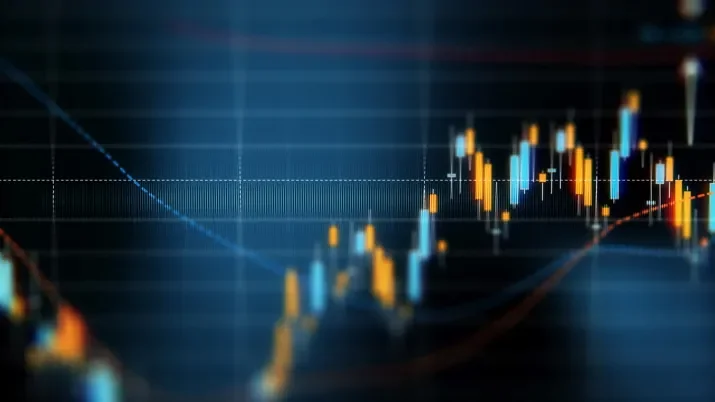This Cycle’s Low Yields Are Behind Us
Credit metrics, as measured by the rating agencies, continued to improve throughout the first half of this year, with all corners of the globe having comfortably more upgrades than downgrades. The pace of upgrades actually accelerated in the second quarter, despite what was already the best quarter since the global financial crisis in Q1. However, contrary to this fundamental trend, high yield bond spreads have generally widened consistently from their tights in late January. Market participants have started to feel proximity to the end of the current economic cycle, and more recently become more cautious about the potential implications of an escalating trade war.
Performance data across the high yield indices also makes interesting reading. The sterling index is now 130 basis points wider, in credit spread terms, than where it was on January 26, and the euro index is 157 basis points wider than its post-crisis low of October 31 last year. In the US dollar market, however, spreads have been far more resilient, hitting post-crisis lows on April 20 and only modestly widening by 48 basis points since. It is also worth noting that this dollar index has a longer maturity than its European peers and is rated a notch lower, so its outperformance has been significant.
As a consequence, we have been reducing our exposure to dollar-denominated sub-investment grade to the point where it is now at the lowest allocation we have historically held, due to our belief that the low yields for this cycle are now behind us.



